New to Japanese cooking? Dashi plays a fundamental role in Japanese cuisine. It ultimately determines the overall taste of the Japanese dishes. Learn how to prepare dashi broth the right way with me. Mastering Dashi makes cooking Japanese food more fun and definitely more flavourful!
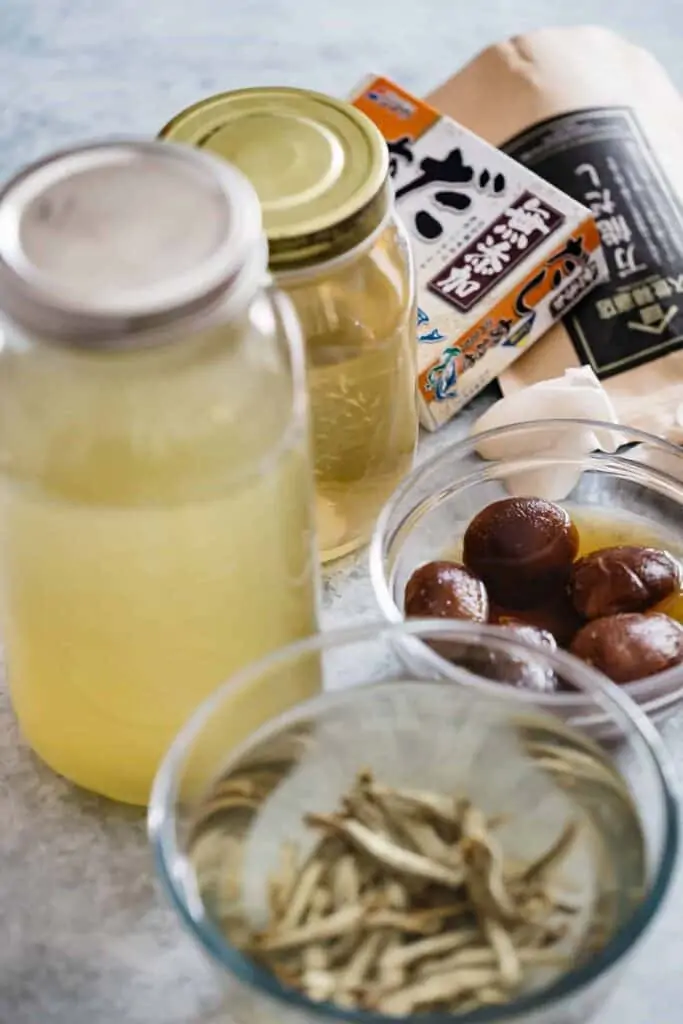
What is Dashi だし?
Dashi is Japanese soup stock, or broth which contains extracted Umami components such as amino acids and flavours from Dried bonito fillet(Katsuobushi), kelp(Konbu), dried small fish called(Niboshi), and dried shiitake mushrooms(Hoshi-Shiitake). Dashi’s fundamental role is to supplement the ingredients’ natural Umami flavour to balance the overall taste of Japanese dishes. Thus it determines any Japanese dish’s overall tastiness.
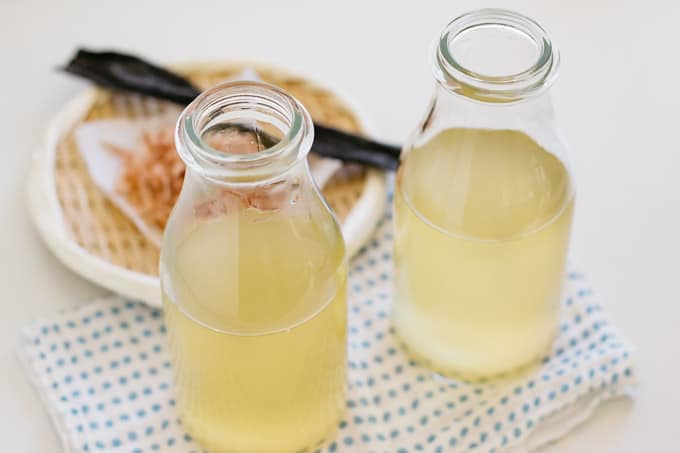
Where Can We Get those Ingredients?
Gathering oriental ingredients is the most challenging part for some of you when many of us don’t live in Japan. If there are Japanese grocery stores or Asian grocery stores near you, they will stock most of the four ingredients. If you can not access those stores, those ingredients are available from online stores such as Amazon.
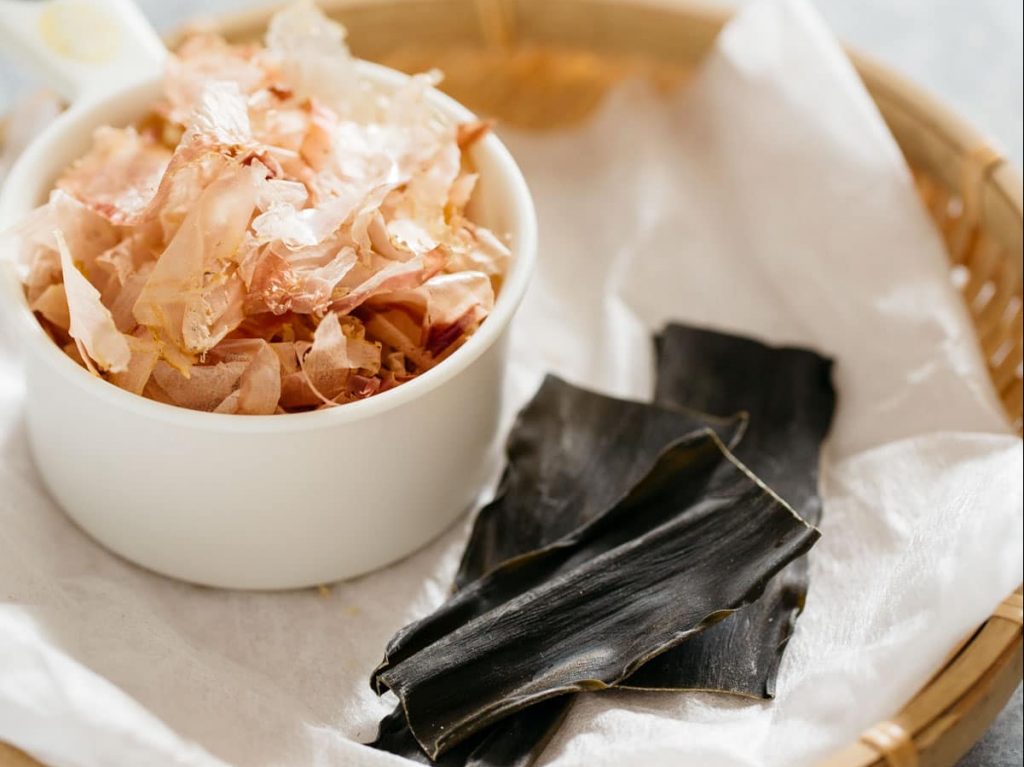
5 Types of Dashi & their use in Cooking
There are five different types which depend on the ingredients used to make them. The three umami components are inosinic acid, glutamic acid and guanylic acid. Dashi made from fish are rich in inosinic acid, Kombu dashi contains glutamic acid, and shiitake dashi is rich in guanylic acid. Therefore, each stock tastes slightly different.
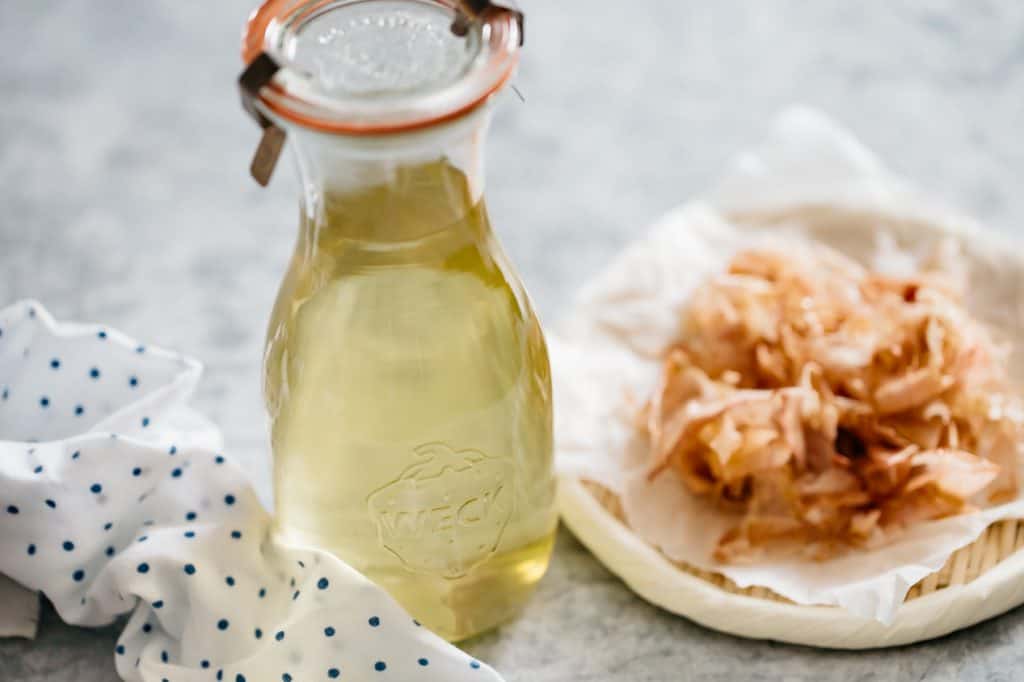
1. Katsuo (bonito)
Katsuo dashi has umami extracted from dried bonito flake. It’s bold flavour suits the following Japanese dishes. Click the subtitle for the recipe details.
- Miso Soup
- Chawanmushi
- Tempura dipping sauce
- simmered vegetables such as Simmered Kabocha pumpkin
- green vegetable ohitashi
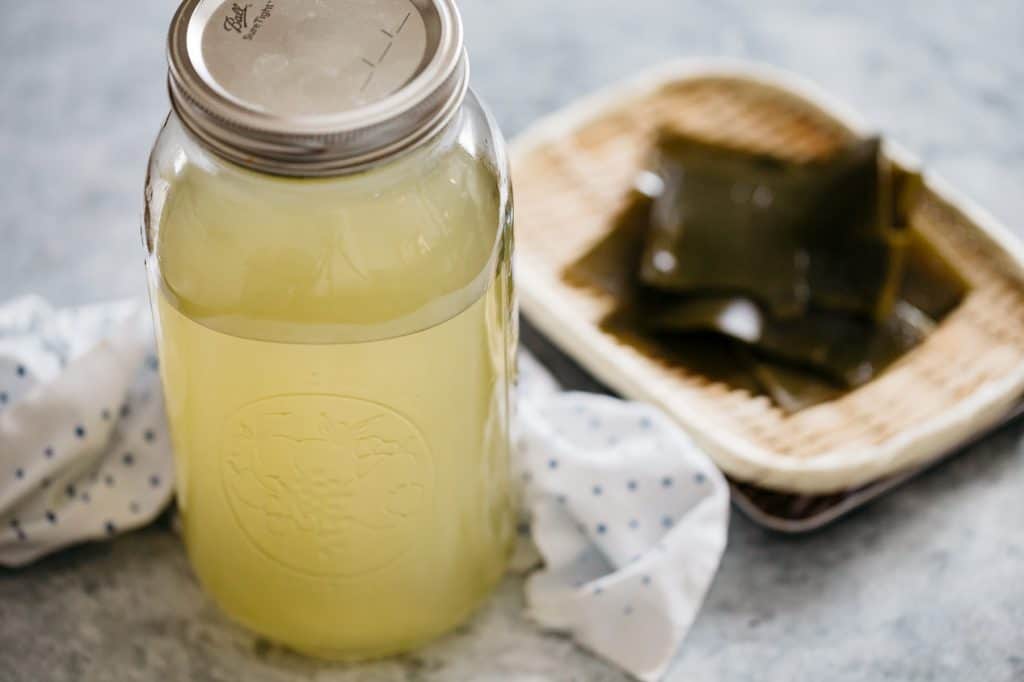
2. Kombu (Dried Kelp)
Kombu dashi is made from dried Kombu Kelp. It’s subtle flavour suits many Japanese dishes. Also this is good for special dietary requirements such as vegetarian and vegan. Click the subtitle for the recipe details.
- Yudofu
- Clear soup
- base for Japanese pot food such as Mizu daki, Shabu Shabu
- Takikomi gohan
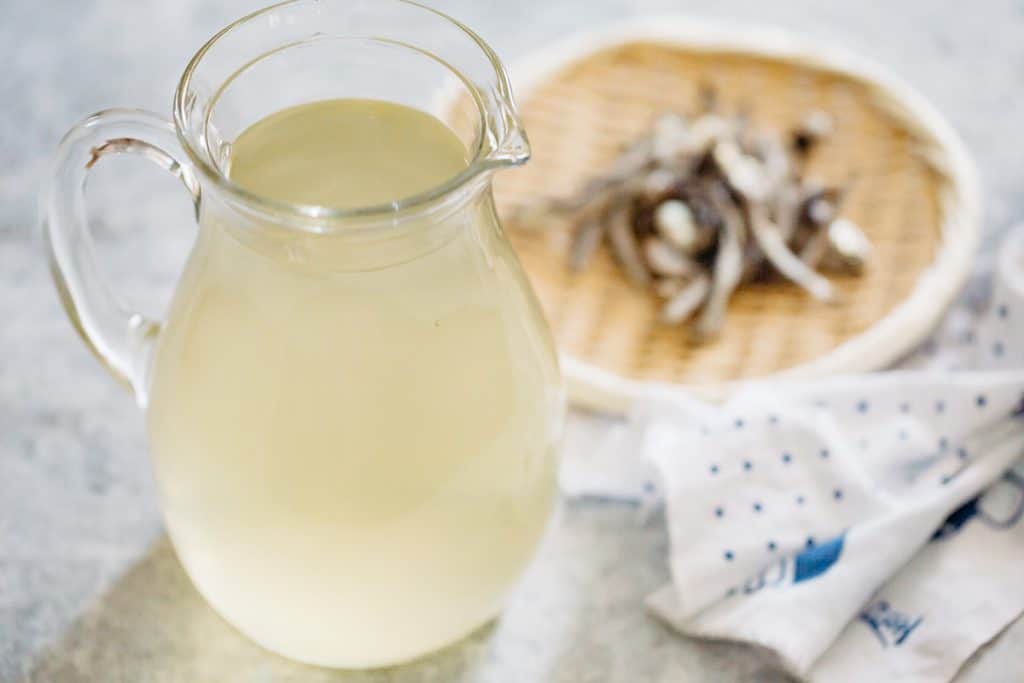
3. Niboshi (dried infant anchovies/sardine)
Niboshi dashi is made from dried infant anchovies/sardines. It has a bold fish flavor and aroma. It is suitable for many noodle soup dishes. Click the subtitle for the recipe details.
- Kakitama jiru
- Udon and Soba noodle soup such as Tempura Udon, Kitsune Udon and Curry Udon
- Oyako Donburi
- simmered vegetable dishes
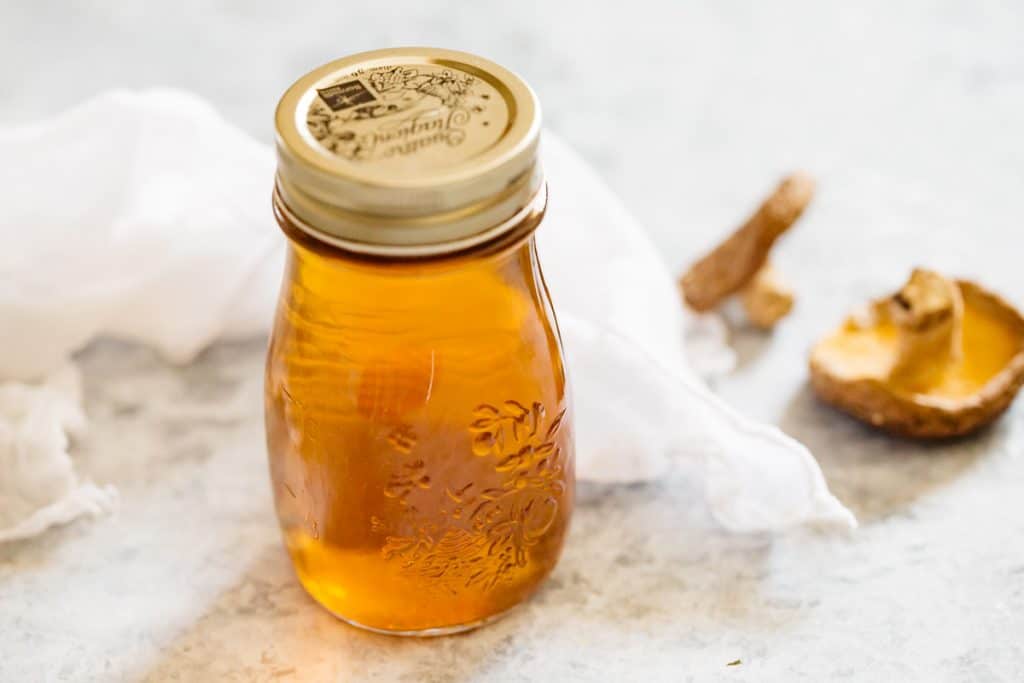
4. Shiitake (dried shiitake mushrooms)
This is my favourite. It is made from dried shiitake mushrooms. I love the beautiful aroma and distinctive flavour of dried shiitake mushrooms. This dashi is also good for special dietary requirement such as vegetarian and vegan. Click the subtitle for the recipe details
- Chilled somen noodle dipping sauce, and topping (both dashi and Shiitake used for the dish)
- Making Makizushi filling (also both dashi and shiitake mushrooms are used)
- Chawanmushi
- Shōjin Ryōri such as shimmered Koya Dōfu
- Iridōfu(scrambled tofu)
- Okara (simmered tofu pulp)
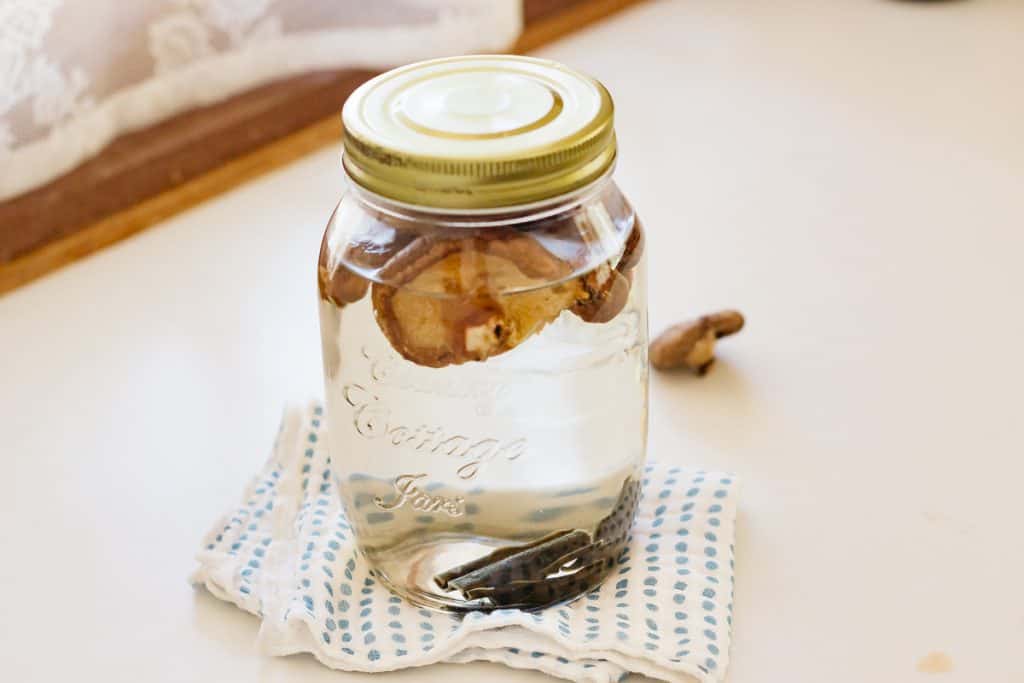
5. Awase(Combined)
Awase dashi is made from combining two of the above ingredients. The common combination is Katsuo(bonito) and Kombu(Kelp). There are more different combinations too. Read more by clicking the links. This is all-rounder dashi therefore used for many different dishes. Some examples follow. Click the subtitle for the recipe details.
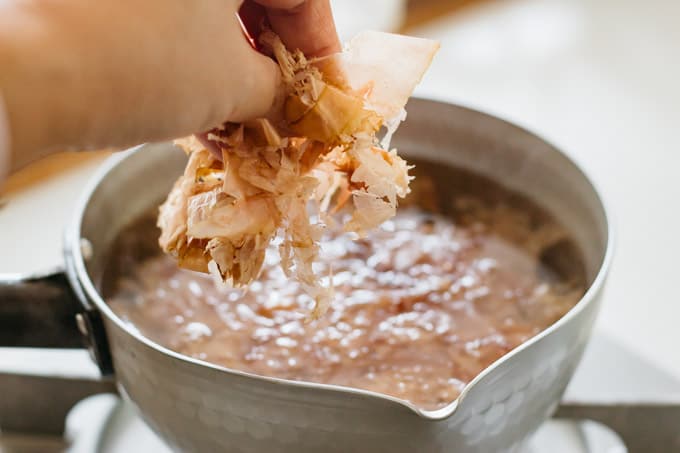
How to Make Each Dashi?
There are two ways to make dashi; making it from scratch and using instant dashi powder.
1. From Scratch
Please read through from the above link. I explained each of them thoroughly, and how to make it with tips to make successfully. Unlike other soup stocks, apart from steeping ingredients in water for a long time, some only take about 20 minutes and you will have beautiful umami flavour rich dashi broth. I highly recommend to make it from scratch.
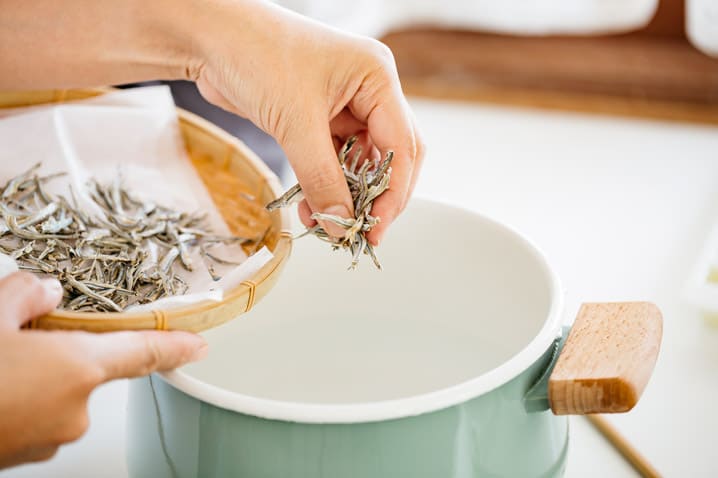
2. Using Instant Dashi Powder
Although Japanese dashi is the heart of many dishes, many Japanese people do not make it from scratch at home but rely on instant dashi powder or granule sachets. If you are still not convinced to make it from scratch, instant powders are also readily available from Japanese grocery stores and also from online shops.
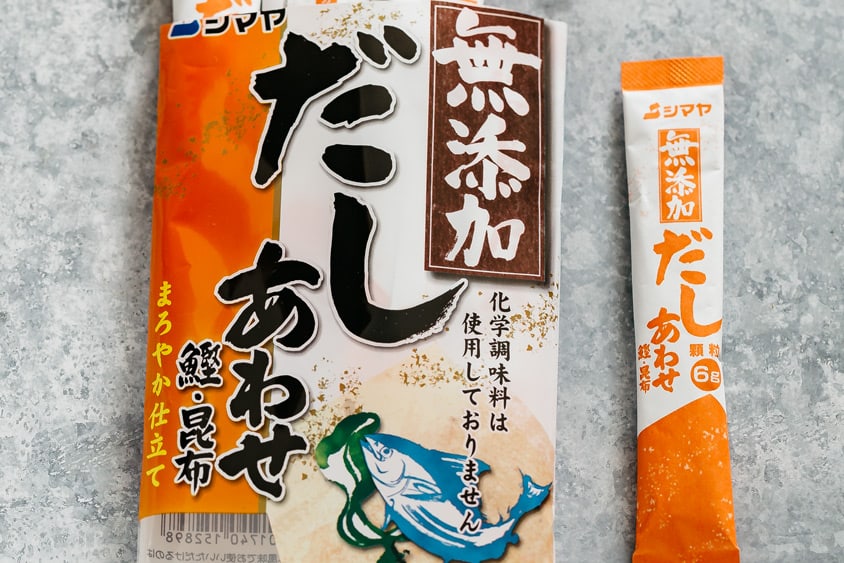
When you purchase those instant powders, choose the ones with no additives. They are marked “無添加(mutenka)” as you can see in the photos which means nothing added. This is another reason that I recommend make your own from scratch. It totally worth your effort and at same time you can be healthy.
How to Store?
They can be stored in an airtight container or jar in the fridge for a couple of days. It can also be stored in a freezer for about 3 months. Like the first photo, I usually freeze the tray and keep them in a zip lock freezer bag. In this way, it is very convenient to thaw whatever amount I need.
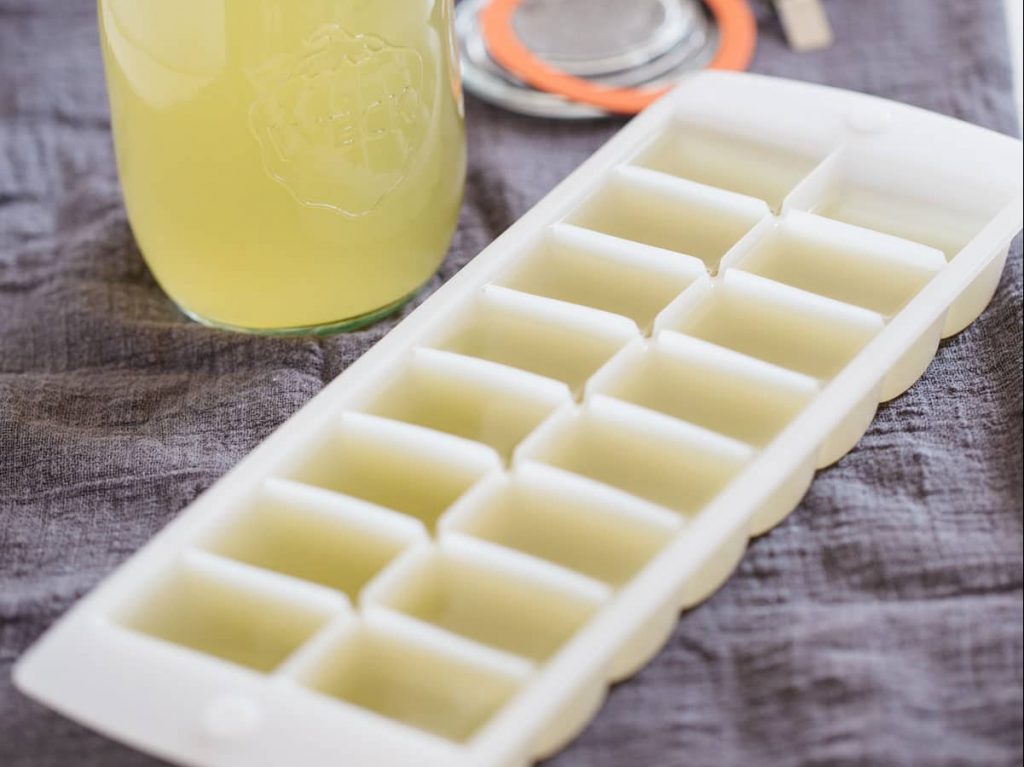
You may also have some leftover bonito flakes in the packet. Once the packet has been opened, bonito flakes keep oxidizing and the bonito flakes’ aroma can evaporate and the colour becomes dark and dull. Once you have opened the packet, they should be sealed and kept in a freezer to retain their flavour.
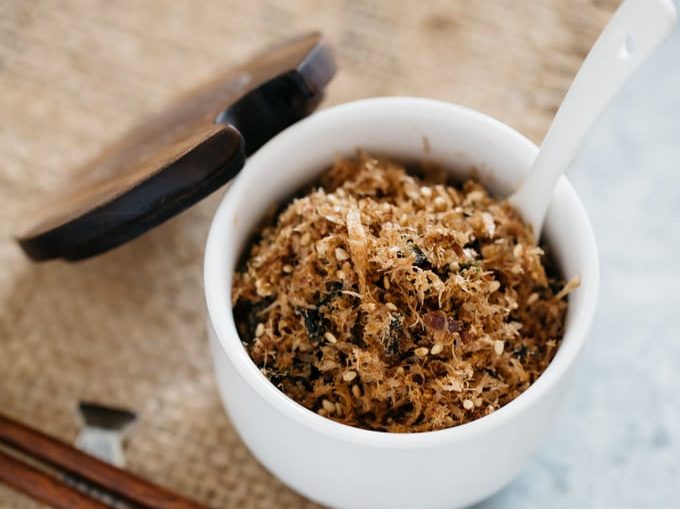
What to do with Leftover Ingredients?
Don’t throw away the leftover ingredients when you are finished making dashi because it can be made into another dish! Kombu can be chopped up finely and used as an ingredient in something like Takikomi gohan (Japanese Mixed Rice), Bonito flakes can be turned into a soft Frikake (rice seasoning/topping) and Niboshi can be used for making Tsukudani (a type of Japanese preserved food).
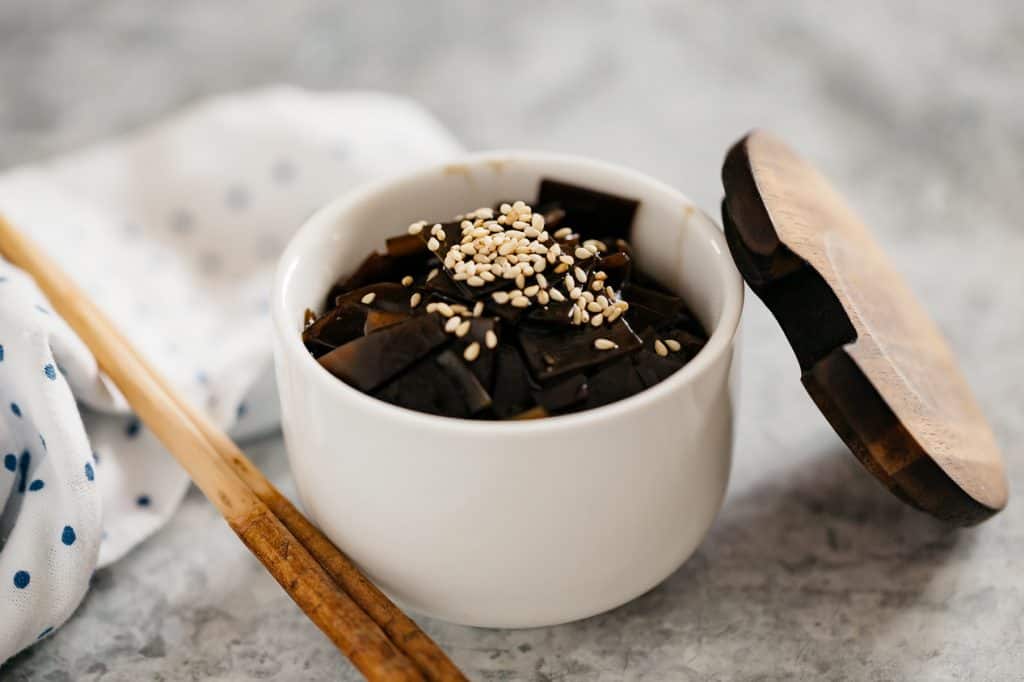
Useful & Convenient Dashi Bag
My Japanese friends just visited me in Brisbane recently and brought me a Dashi Pack. It is a bit like a teabag, but instead of tea leaves, there are shaved ingredients in the bag to make just 2 cups of the stock. You can just buy a packet of 50-100 empty bags from shops like Daiso and make your own pack. It is cheap and convenient and easy to remove the ingredients still in the bag.
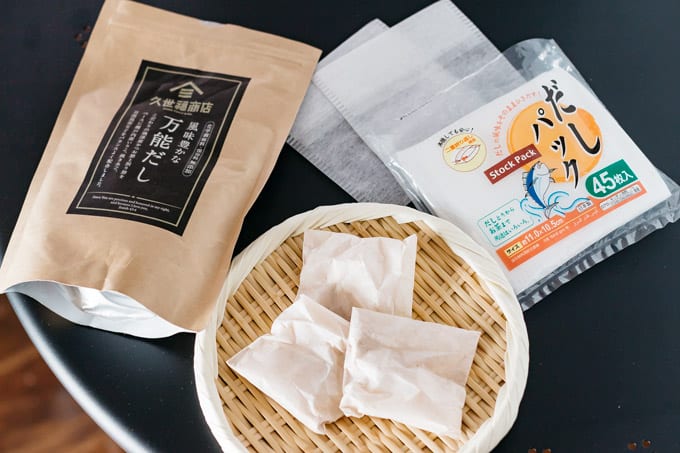
Stay Connected
If you liked this guide and made some dashi from scratch, please leave comment below
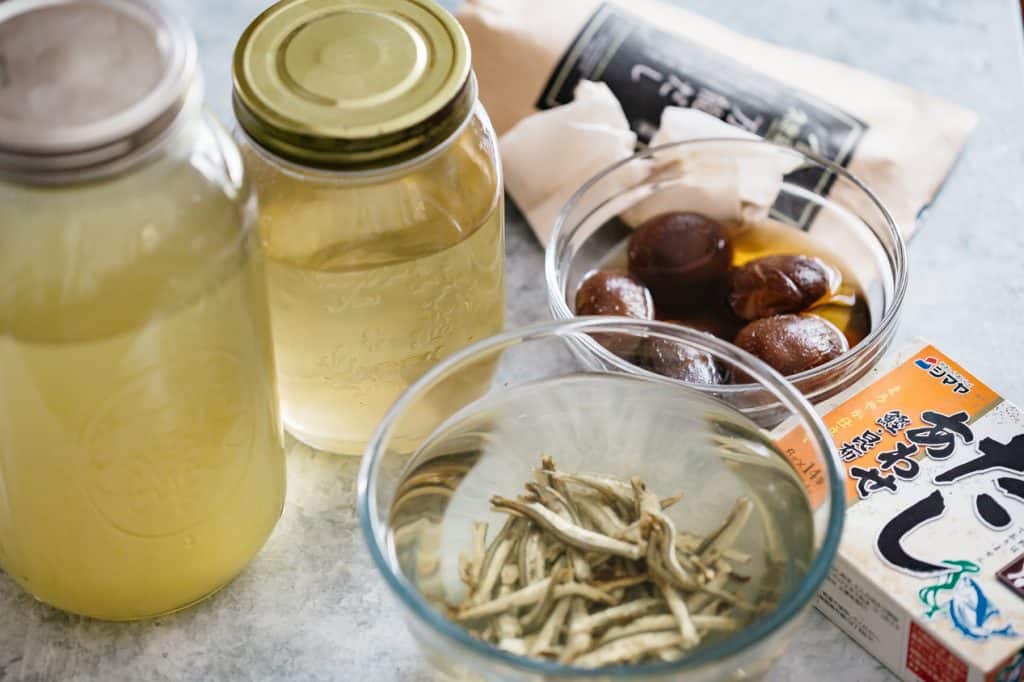
If you like the recipe please rate the recipe and leave comments below. Also don’t forget to follow me on Youtube, Pinterest, Facebook, Twitter and Instagram. This way you keep up to date with all the latest happenings on Chopstick Chronicles. Don’t forget to Sign up for a weekly newsletter so you never miss out on new authentic delicious Japanese recipes! Sign up form is on the right-hand sidebar.
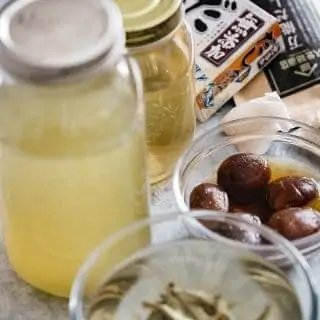
Easy Overnight Dashi
Ingredients
Kombu kelp & Bonito Easy Overnight Dashi Stock
- 4 cups of water
- 10 x10cm kombu kelp or 15g Kelp
- 2 cups of bonito flakes or 15 g Bonito flakes
Instructions
Easy Overnight Dashi Stock
- Clean the kelp with a well wrung out damp cloth, place the kelp and bonito flakes in a container with water and let it stand overnight in fridge.
- Next morning, Strain the dashi into a large bowl with a sieve lined with a kitchen paper towel.
- Squeeze the dashi stock gently through the kitchen paper towel. *1
- Use it for cooking or store in the fridge. *2
Notes
Nutrition
Chopstick Chronicles is a participant in the Amazon Services LLC Associates Program, an affiliate advertising program designed to provide a means for sites to earn advertising fees by advertising and linking to Amazon.com. As an amazon associate I earn from qualifying purchases.
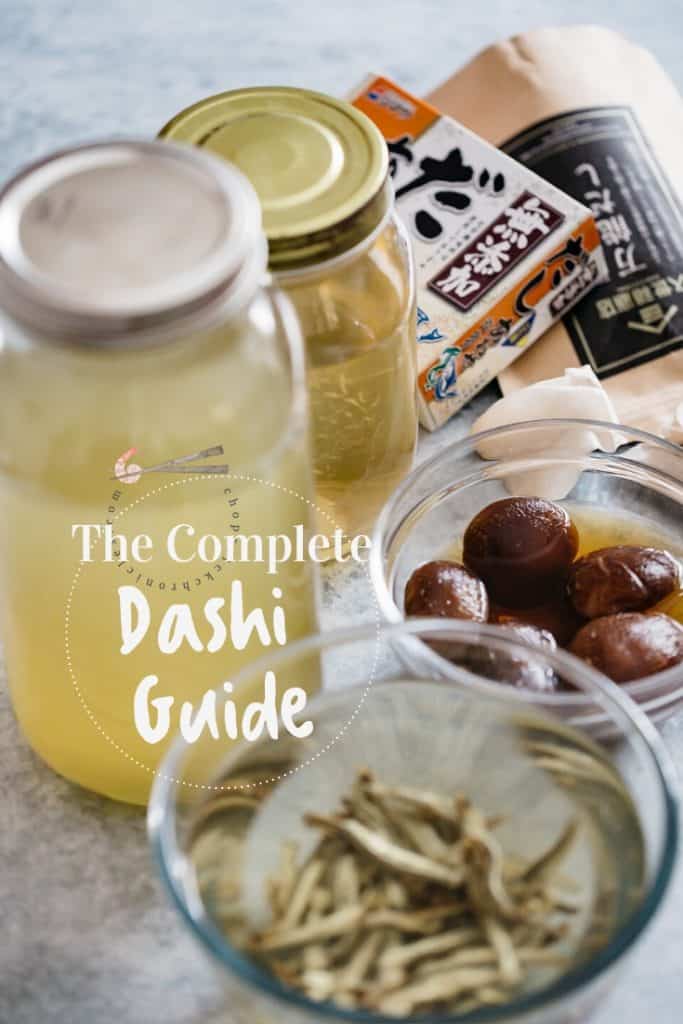
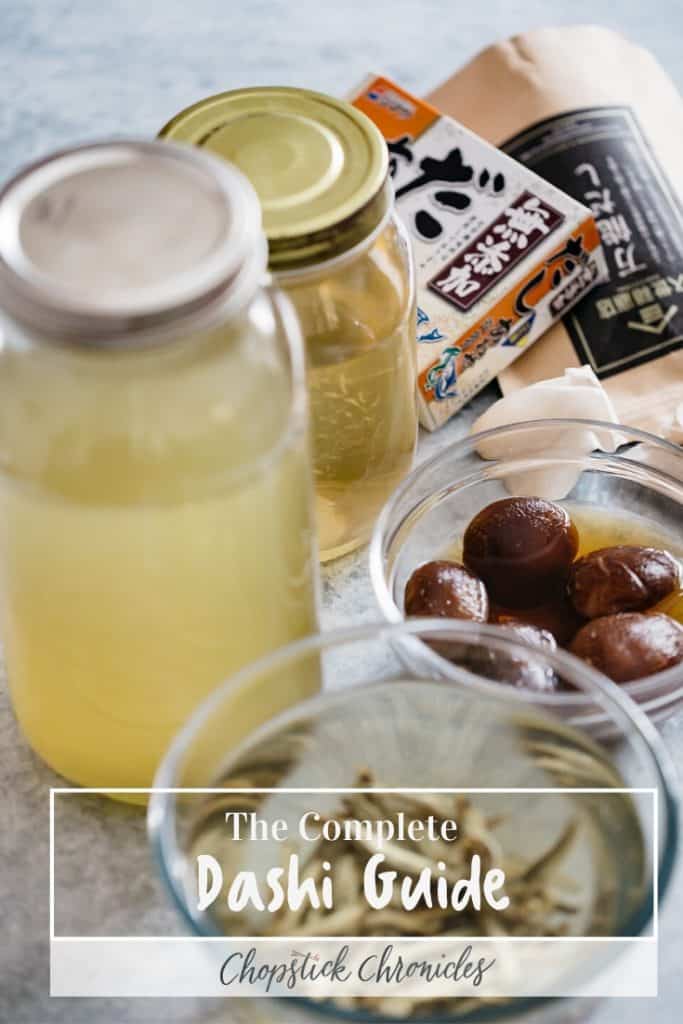
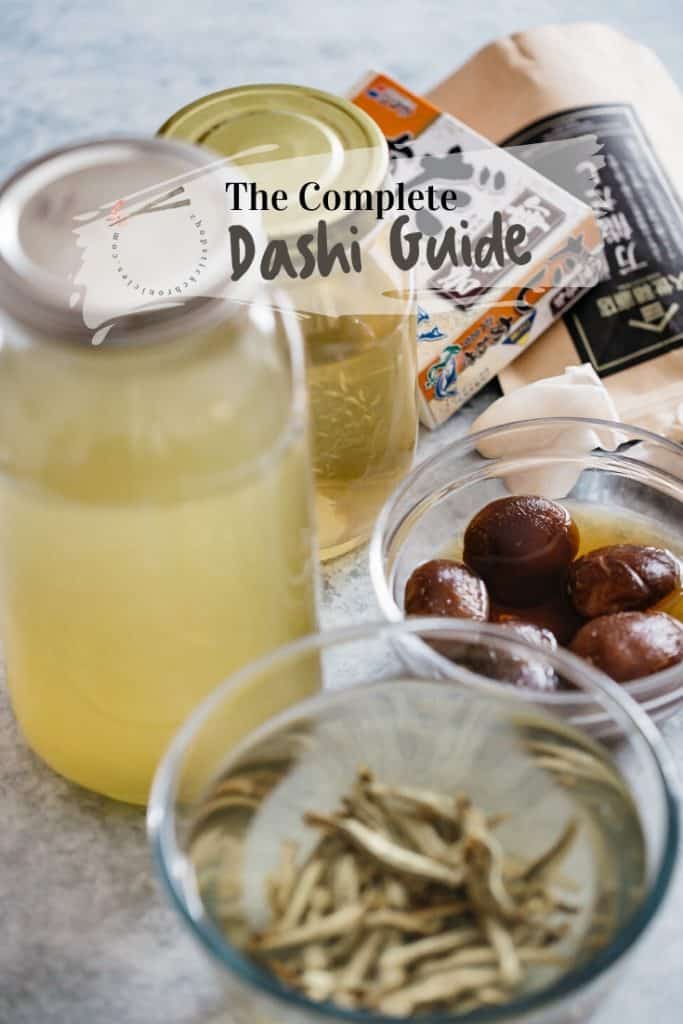
I bought the mutenka dashi sachets — the ones you depict in your illustration. I reconstituted with plain water in the proportion indicated. Can’t find any indication of whether that should be hot water, like for tea, or cold. Which would you use?
Hi Avery, I would dissolve in hot water :D.
How does making and using Dashi in cooking differ from just adding boiling water and some scoops of bonito flake to whatever you’re making?
It is different because dashi is stock.